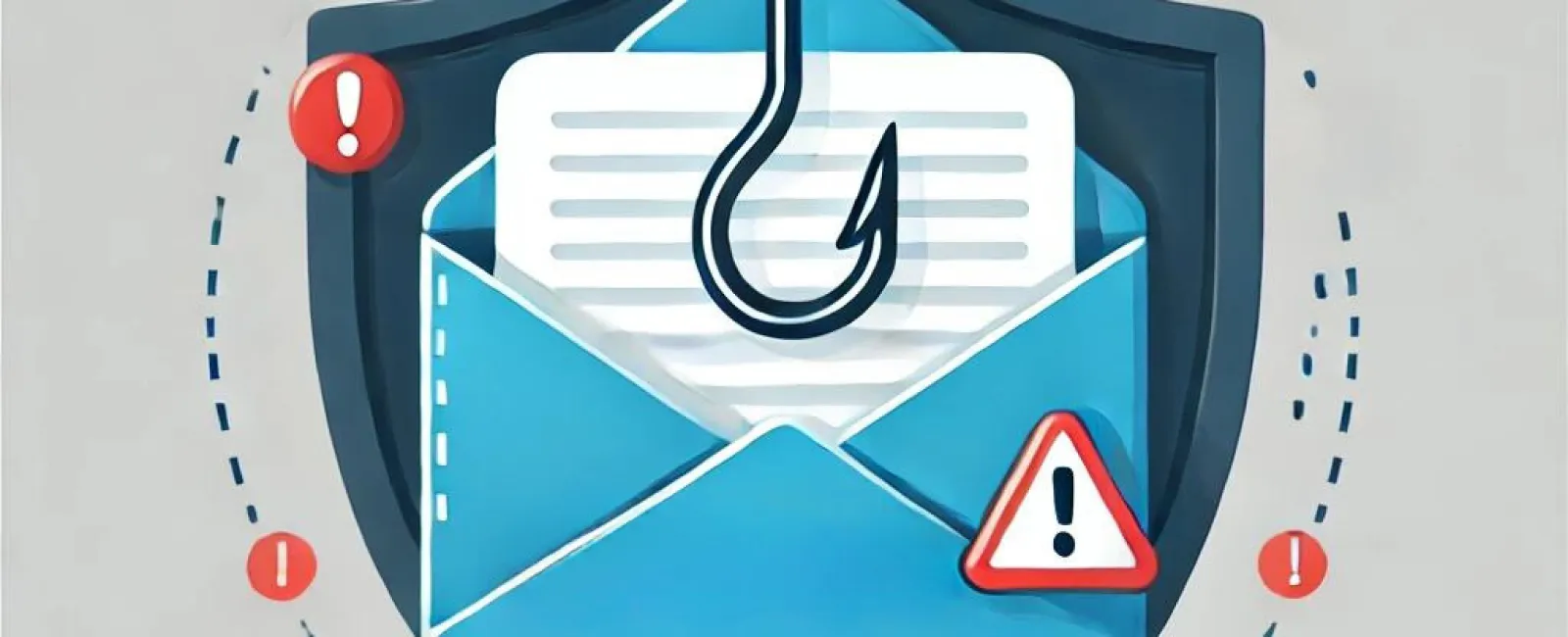Phishing attacks are the most prevalent form of cybercrime for a simple reason—they're effective. Every day, over 3.4 billion spam emails flood unsuspecting users' inboxes. Phishing emails have consistently ranked as the most common type of cyber attack because they are easy to execute, easy to scale, and continue to deceive people. With the advent of AI tools like ChatGPT, cybercriminals can now craft emails that appear more human-like, making them even more convincing. If you're not vigilant, the consequences of falling for a phishing scam can be severe.
In recognition of Cybersecurity Awareness Month and the significant threat posed by phishing emails, we have created this straightforward guide to help you and your team identify phishing attempts and understand why it's crucial to do so.
What are the risks? Here are four major dangers associated with phishing attacks:
1. Data Breaches
Phishing can expose your organization's sensitive information to cybercriminals. Once compromised, this data can be sold on the dark web or held for ransom, often with no guarantee of its return. This can lead to financial and legal consequences, damage to your reputation, and loss of customer trust.
2. Financial Loss
Cybercriminals frequently use phishing emails to steal money directly from businesses. Whether through fraudulent invoices or unauthorized transactions, falling victim to phishing can directly impact your financial health.
3. Malware Infections
Phishing emails often contain malicious attachments or links that, when clicked, can infect your systems with malware. This can disrupt operations, lead to data loss, and necessitate costly remediation efforts.
4. Compromised Accounts
When employees fall for phishing scams, their accounts can be compromised. Attackers can then use these accounts to launch further attacks or gain unauthorized access to sensitive company data.
The list of potential dangers goes on. However, there are steps you can take to avoid becoming the next victim of a phishing attack.
Here is the S.E.C.U.R.E. Method to help you and your employees identify phishing emails:
- S - Start With The Subject Line: Is it unusual? (e.g., "FWD: FWD: FWD: review immediately")
- E - Examine The Email Address: Do you recognize the sender? Is the email address unusual or misspelled? Is it from an unknown source?
- C - Consider The Greeting: Is the salutation odd or generic? (e.g., "Hello Ma'am!")
- U - Unpack The Message: Is there an urgent call to action, such as clicking a link or downloading an attachment, or an offer that seems too good to be true?
- R - Review For Errors: Are there grammatical mistakes or strange misspellings?
- E - Evaluate Links And Attachments: Hover over links before clicking to check their destination, and avoid opening attachments from unknown or unexpected sources.
It's also essential to have a cybersecurity expert monitor your network and filter out email spam before employees have the chance to make a mistake. Ensure you're taking the necessary precautions to protect your network. Phishing attacks are effective and frequent. We don't want YOU to be the next victim.
If you need help training your team on
cybersecurity best practices or implementing a robust cybersecurity system, or
just want a second set of eyes to examine what you currently have in place and
assess if there are any vulnerabilities, we are ready to help. Call us at 802-331-1900 or click here to
book a discovery call with our team.





